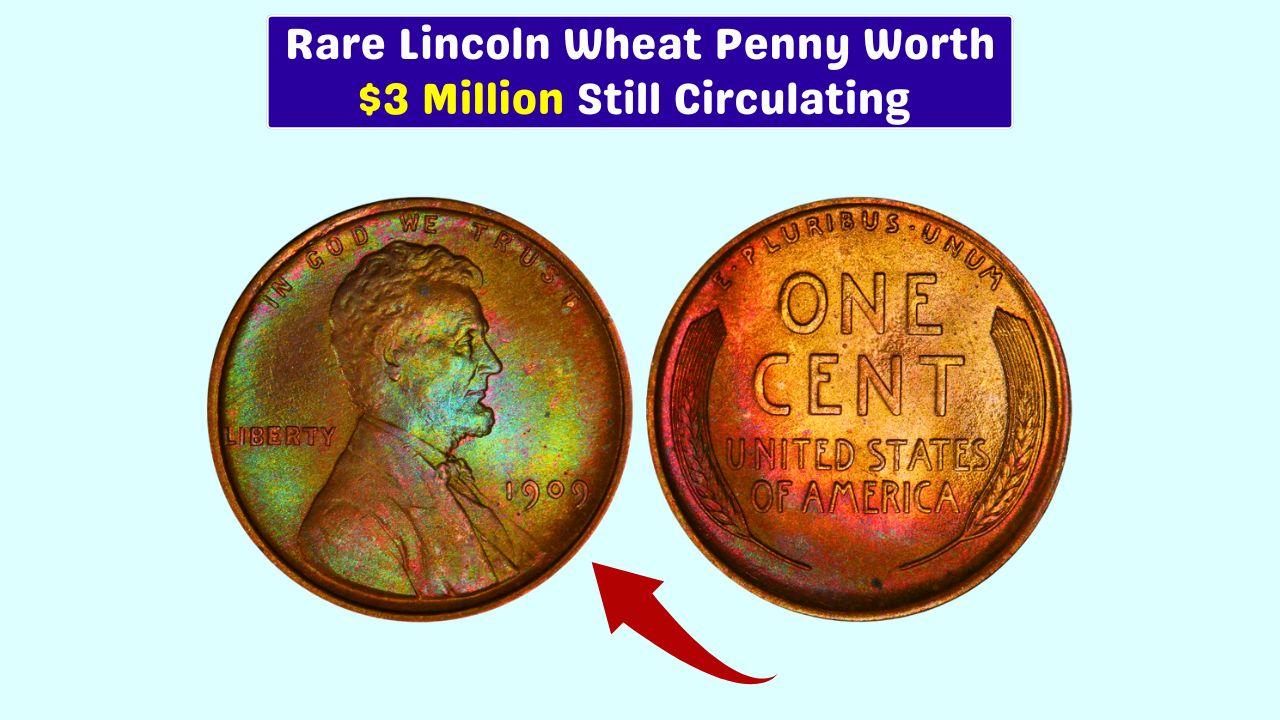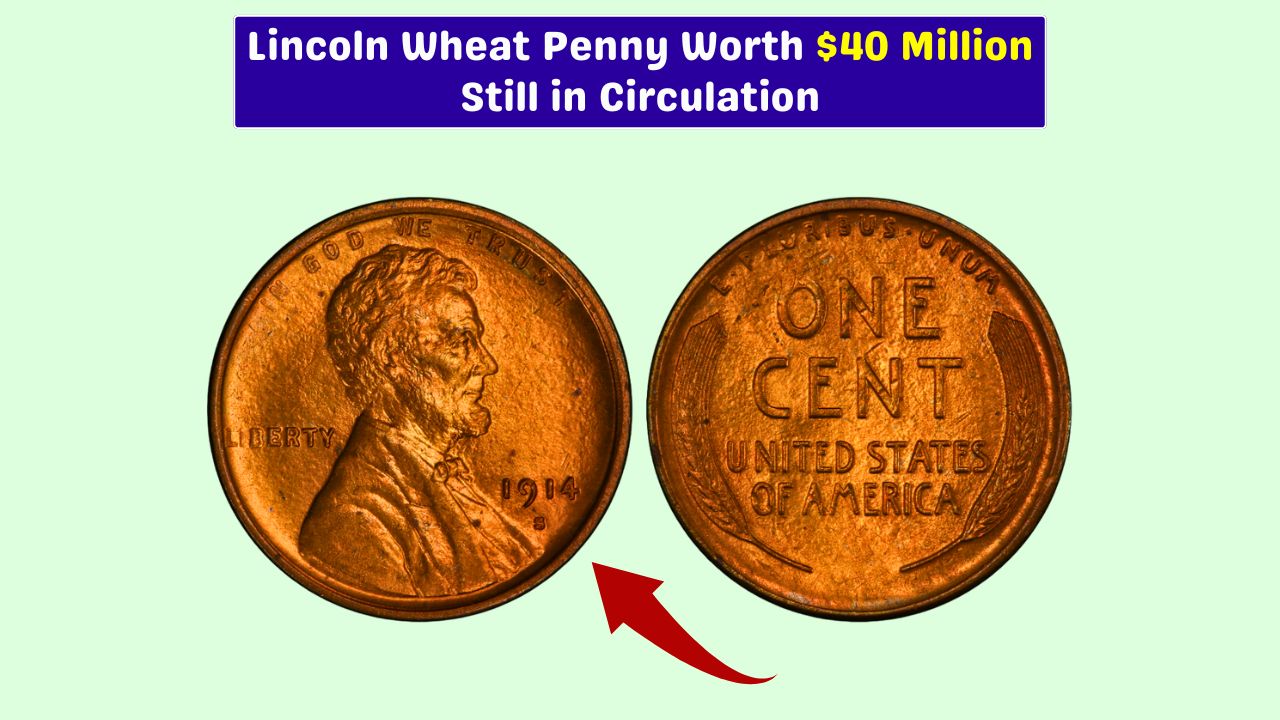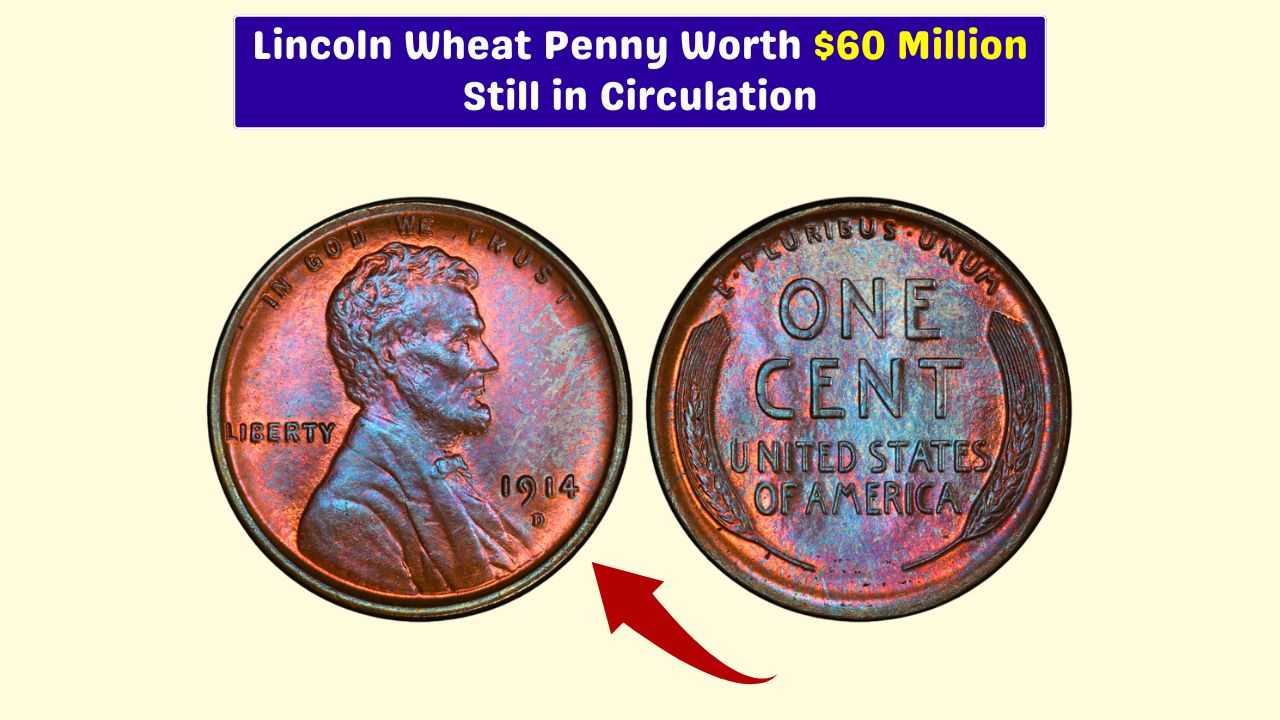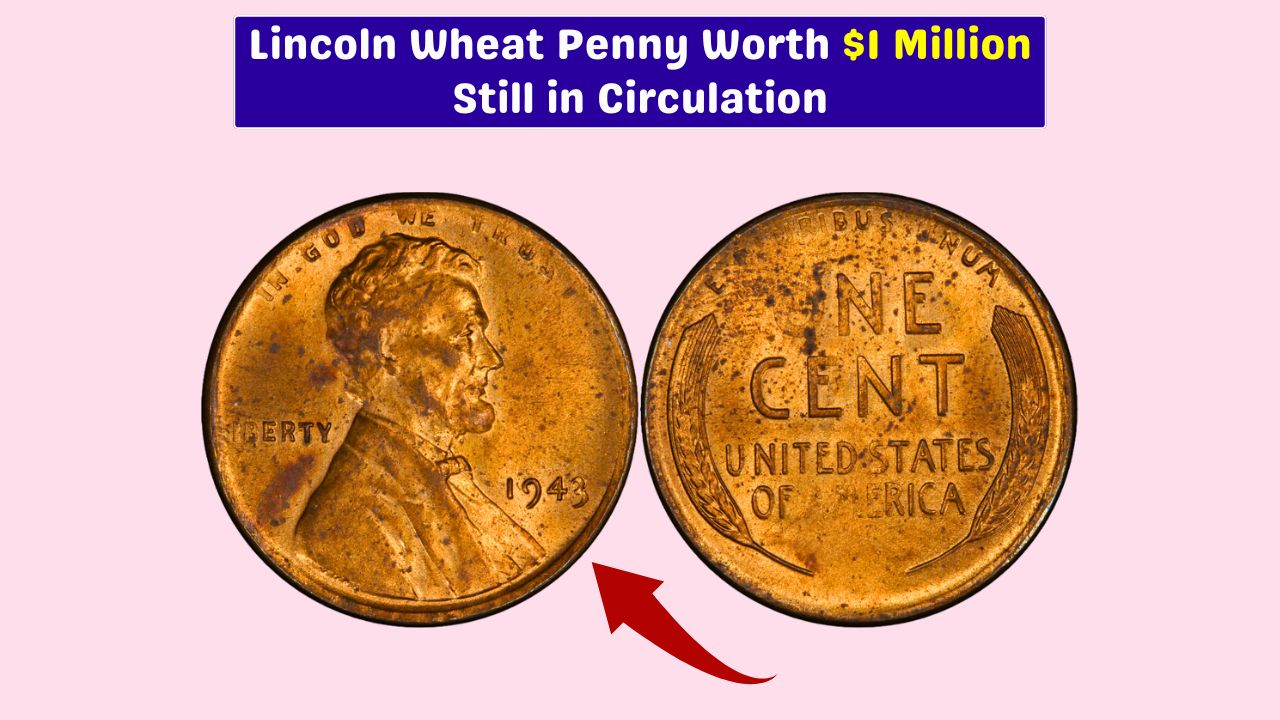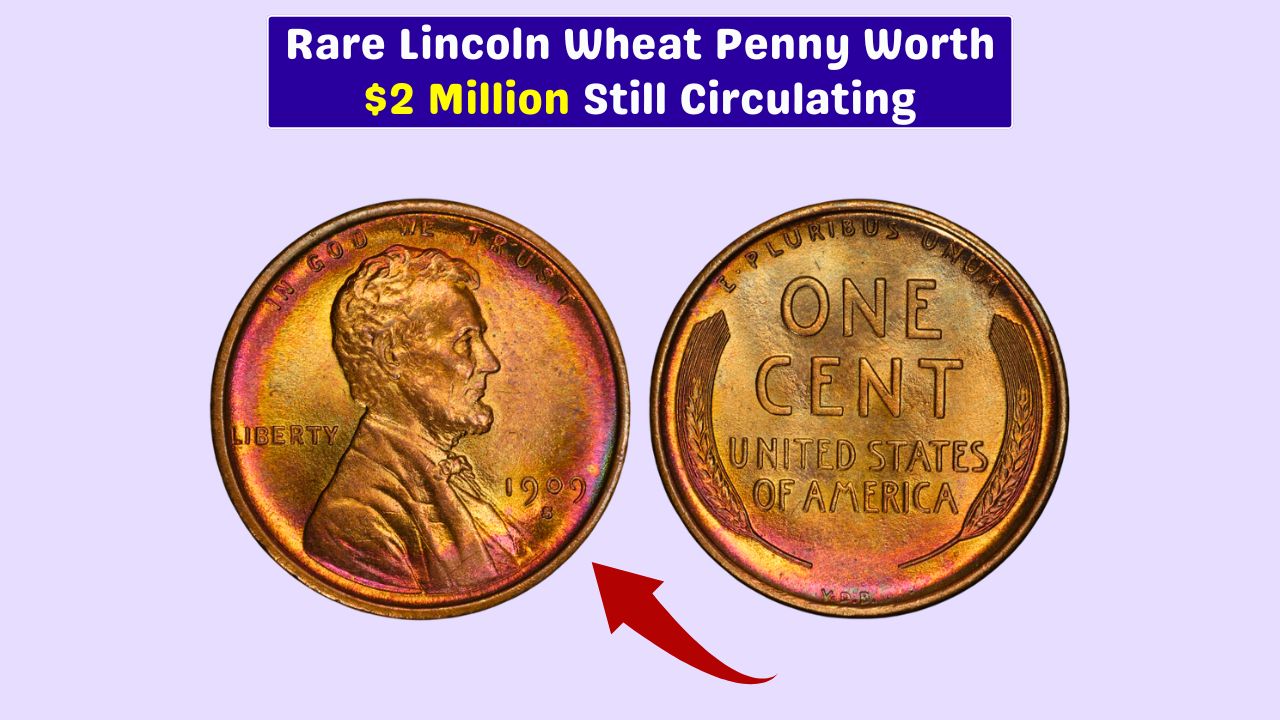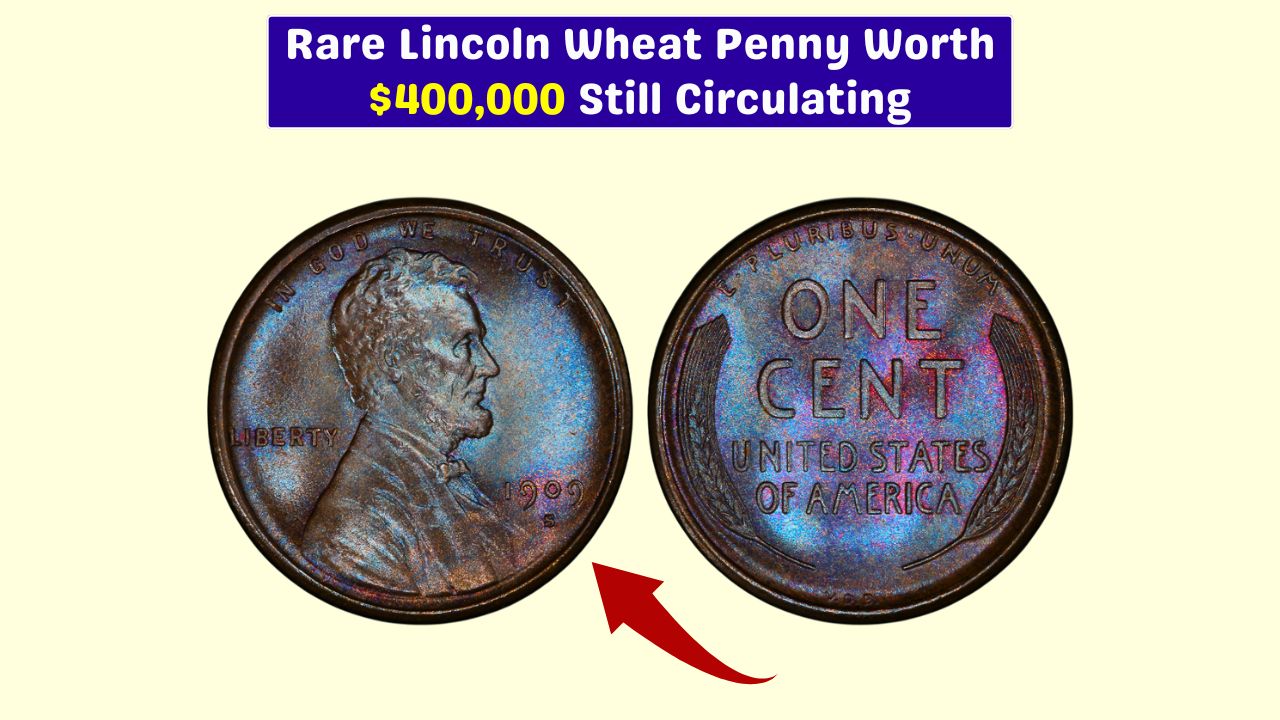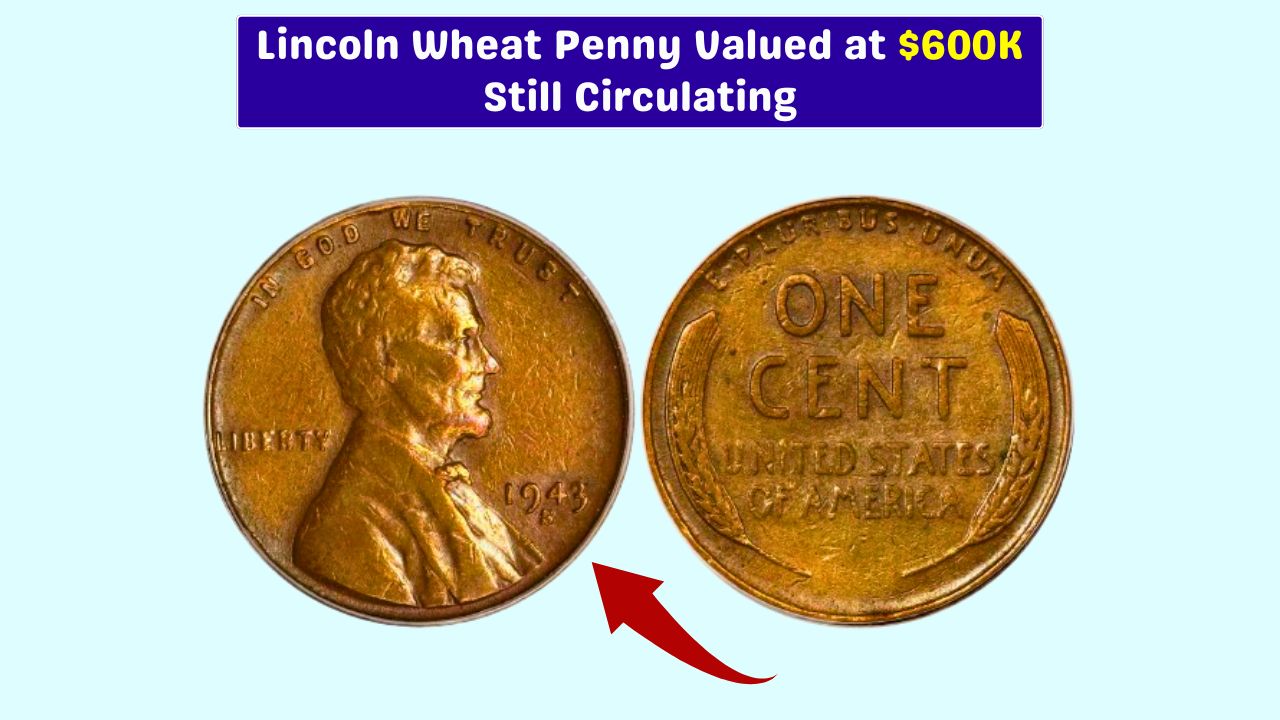Picture this—you reach into your wallet, pull out a penny, and it turns out to be worth up to $3 million. Sounds far-fetched? Maybe. But if that penny is one of a few ultra-rare Lincoln Wheat versions, it’s totally possible. And yes, some are still out there.
Let’s break down what makes these old coins so valuable—and how to spot one if you’re lucky.
History
First minted in 1909, the Lincoln Wheat Penny features Abraham Lincoln on the front and two wheat stalks on the back—hence the nickname “Wheat Penny.” That design stuck around until 1958, when it was swapped out for the Lincoln Memorial version.
While most Wheat Pennies are just aging pocket change, a few are wildly rare—and incredibly valuable.
Value
The average Wheat Penny? Worth a little more than face value. But a few stand out big time. Top of the list is the 1943 Copper Penny.
In ’43, copper was reserved for the war effort, so pennies were made of steel. But a few copper ones slipped through by accident. That error? Now worth up to $3 million if the coin’s in mint condition.
Then there’s the 1909-S VDB Penny—small mintage, made in San Francisco, with “VDB” initials from designer Victor David Brenner. In great condition, it can easily break the million-dollar mark.
Circulation
Believe it or not, these coins haven’t all been scooped up. Some are still floating around—tucked into old jars, hiding in piggy banks, or buried at the bottom of a junk drawer.
Because they look so ordinary, they’re easy to miss. That’s why collectors always say: check your change before you spend it.
Features
Think you’ve got something special? Here’s what to watch for:
| Feature | What to Look For |
|---|---|
| 1943 Copper Penny | Copper-colored with a 1943 date. Won’t stick to a magnet. |
| 1909-S VDB Penny | “VDB” initials on the back bottom; “S” mint mark = San Francisco. |
| Double Die Errors | Letters/numbers that look slightly doubled. |
| Excellent Condition | Sharp, clean, and undamaged coins are worth much more. |
If you find one that fits, don’t rush to cash in—get a certified appraiser to confirm what you’ve got.
Appeal
So why do these little coins stir up so much buzz? They’re rare, historic, and just plain cool. Holding one feels like holding a fragment of history—and a valuable one at that.
Some collectors chase them for the thrill. Others? They’re thinking long-term investment. Either way, these pennies have only gotten more valuable over time.
Next time you’re digging through loose change or cleaning out grandma’s attic, take a closer look. That ordinary-looking penny could be worth a fortune.
FAQs
Why is the 1943 copper penny rare?
It was made by mistake when steel was supposed to be used instead.
What does the VDB mean on the 1909 penny?
They are the initials of the coin’s designer, Victor David Brenner.
How do I check if a 1943 penny is copper?
Use a magnet—steel sticks, copper doesn’t.
Are these pennies still in circulation?
Yes, they could still be found in old jars or piggy banks.
Should I sell my rare penny right away?
No, get it appraised first to know its actual value.
